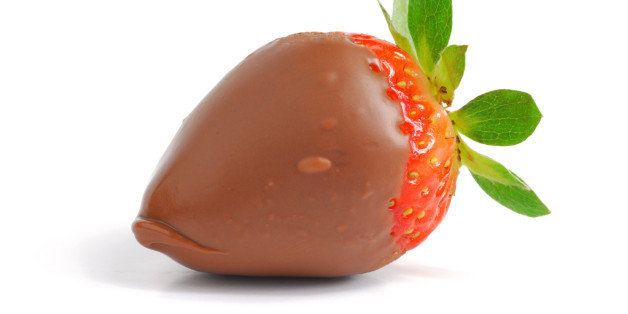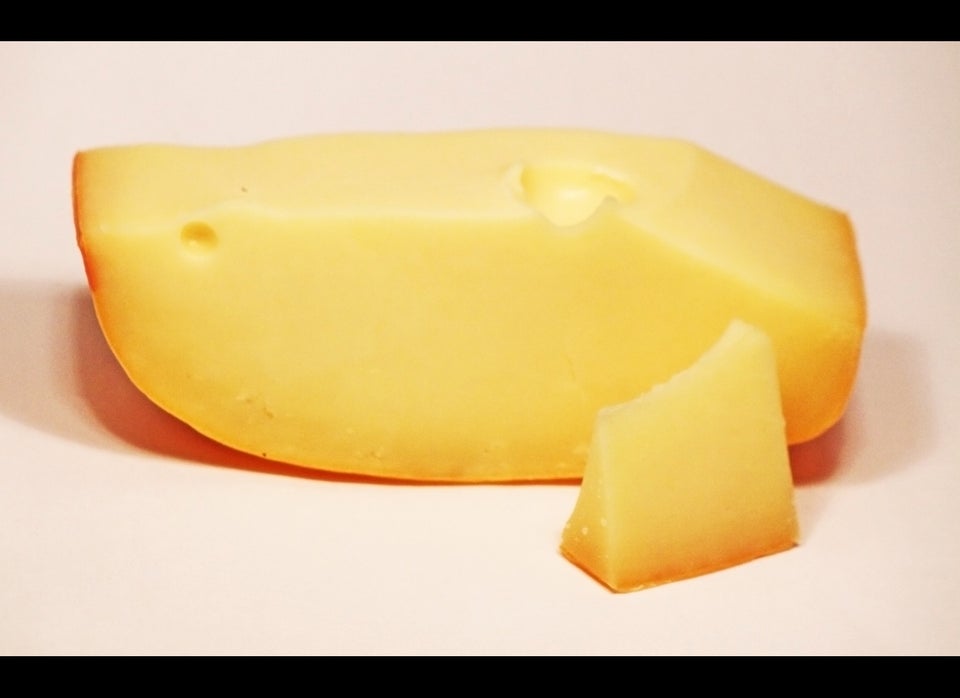
By Chioma Ihekweazu
Enjoying a hot cup of tea with some chocolate and raspberries may do more than satisfy a sweet tooth; it also may help lower one’s risk of developing diabetes.
A recent study found that specific groups of flavonoids, a plant-based ingredient found in chocolate, tea and berries, were connected to lower insulin resistance in a group of women.
More from dailyRx:
Weight Loss Tips for People with Diabetes
15 Stars with Diabetes
Unhealthy Effects of Seemingly Healthy Foods
Insulin resistance occurs when the insulin that the body makes is not effective in transporting blood sugar, which can lead to high blood sugar levels — a defining characteristic of diabetes.
The authors of this study noted that their findings suggest, but do not prove, that there is a link between flavonoid consumption and a lower risk of diabetes.
This study was led by Aedin Cassidy, MSc, PhD, of the Department of Nutrition in Norwich Medical School at the University of East Anglia in Norwich, UK. The research team examined the relationship between the consumption of specific groups of flavonoids and insulin resistance.
Flavonoids are chemical compounds found in plants that give plants their color. The researchers looked at six groups of the most commonly consumed flavonoids, including flavanones, anthocyanins, flavan-3-ols, flavonols, flavones and polymers.
For this study, Dr. Cassidy and colleagues analyzed data from 1,997 women between the ages of 18 and 76. These participants completed a detailed 131-item food survey.
When studying these participants, the researchers used insulin resistance as the marker of diabetes because it often leads to type 2 diabetes. In people with insulin resistance, the body produces insulin but does not use it effectively. With insulin not working properly, sugar begins to build up in the blood instead of being transported into the cells, thus leading to high blood sugar levels.
Blood samples were taken from participants twice after overnight fasting. Insulin levels, fasting serum glucose (blood sugar levels) and C-reactive protein levels (protein produced by the liver that increases when there is inflammation) were measured.
Flavonoid intake was calculated based on participants’ responses to the food survey.
The researchers accounted for several factors that could have influenced insulin resistance, including body mass index (a measure of height and weight), family medical history, medication use, menopausal status, daily calorie intake and physical activity.
Dr. Cassidy and team found that the average flavonoid intake was 1.2 grams per day, with tea being the main source of flavanoids such as theaflavins and thearubigins, which are found in black tea.
These researchers found that participants who got 40 grams or more of anthocyanins per day (found in berries, cherries and grapes) had lower insulin resistance and lower C-reactive protein levels compared to participants who got about 3.5 grams or less per day.
Participants who got 4 grams or more of flavones per day (found in vegetables) also had lower insulin resistance and lower C-reactive protein levels than participants who got less than 1 gram per day.
Foods high in anthocyanin, like grapes, pears, wine and berries, were also connected to lower insulin and inflammation levels. The researchers did not find any connection between the other flavonoid groups and insulin resistance.
As the study's authors noted, these findings show a potential relationship between flavonoid consumption and insulin resistance. This does not prove, however, that flavonoid consumption prevents diabetes.
These authors concluded that more research is needed to determine how much of these flavonoid-containing foods are required to see a beneficial effect on diabetes.
This study was published on January 19 in the Journal of Nutrition.
The study authors reported no competing interests.
